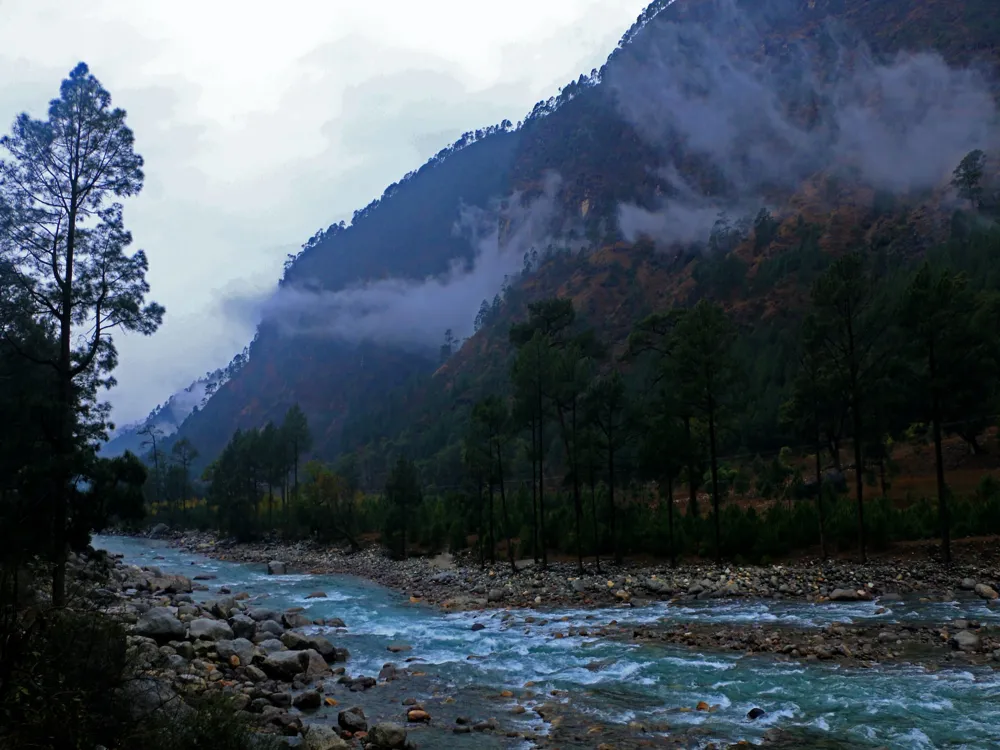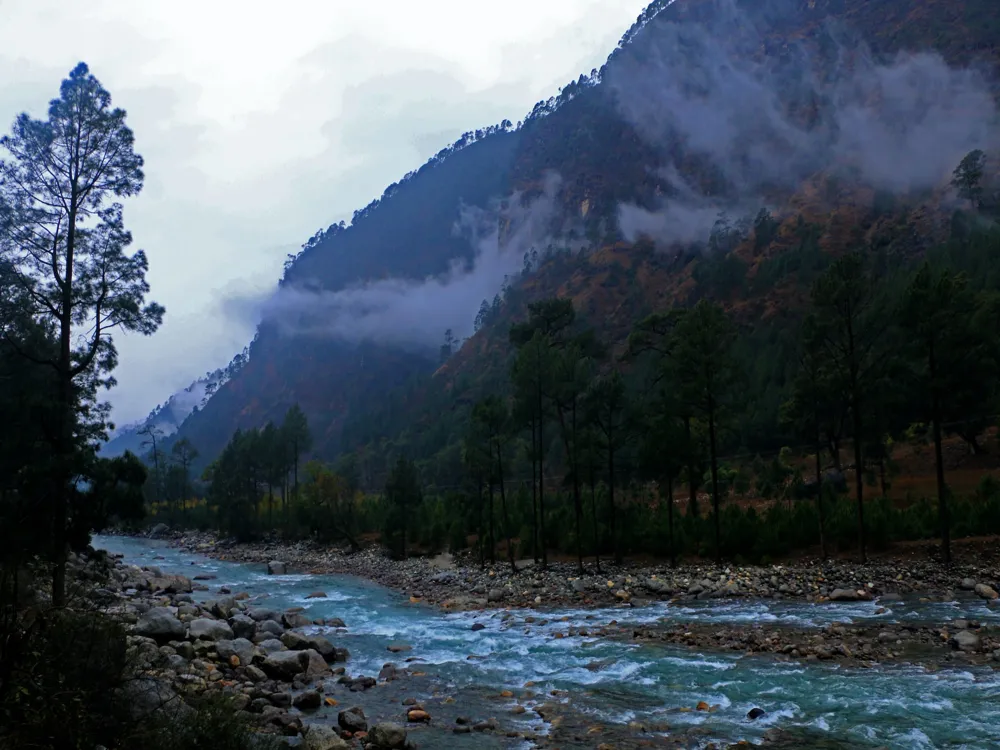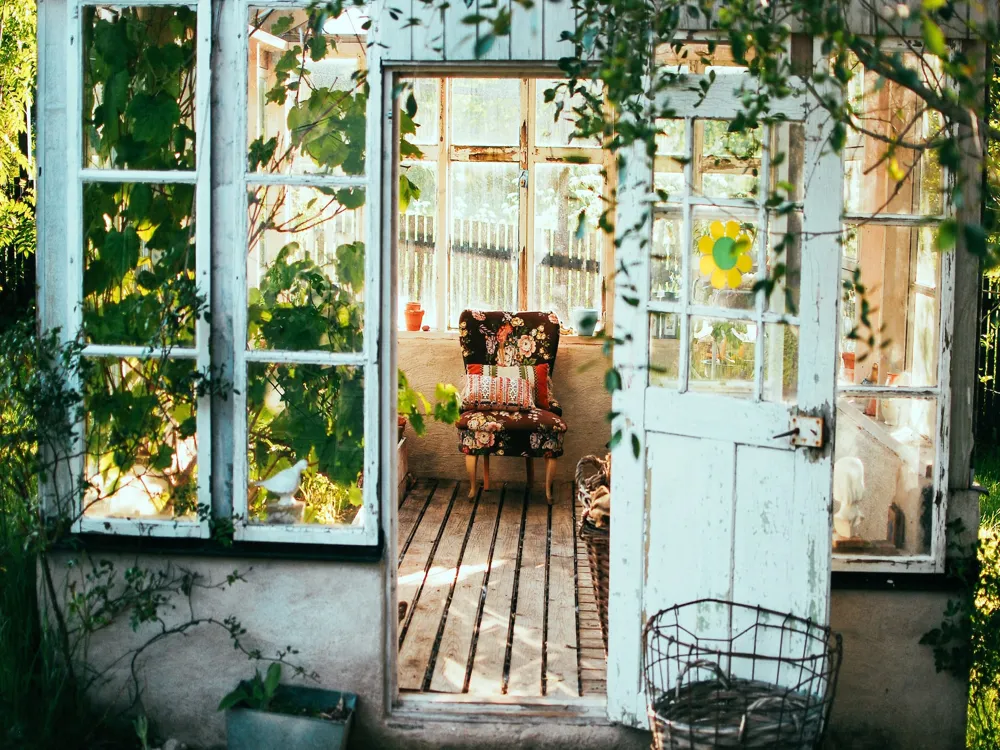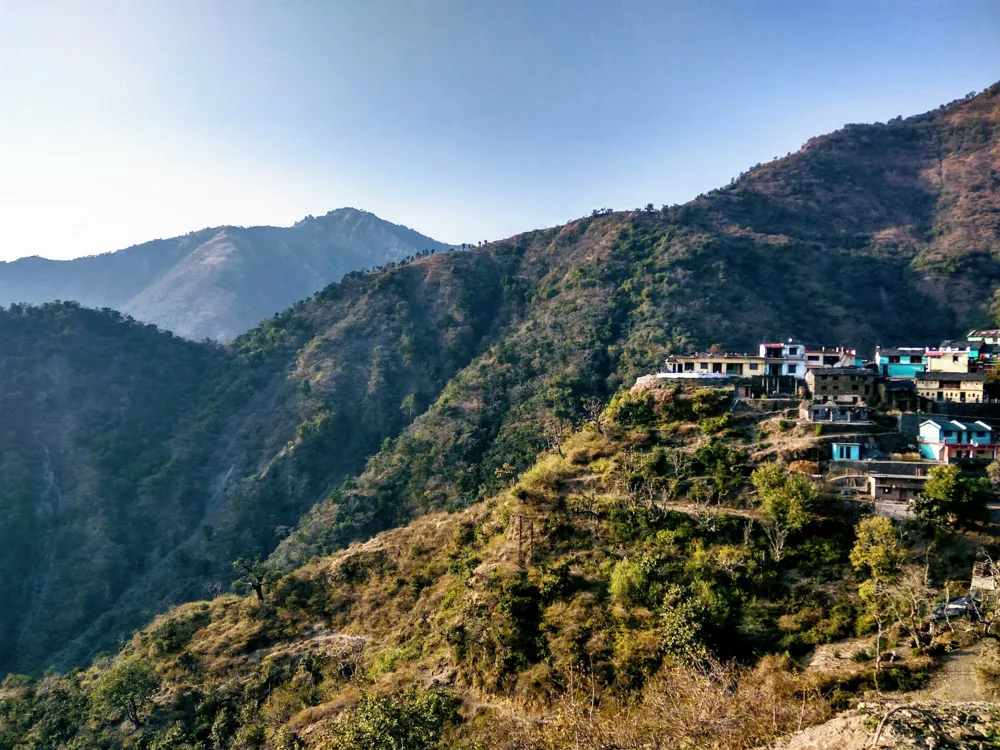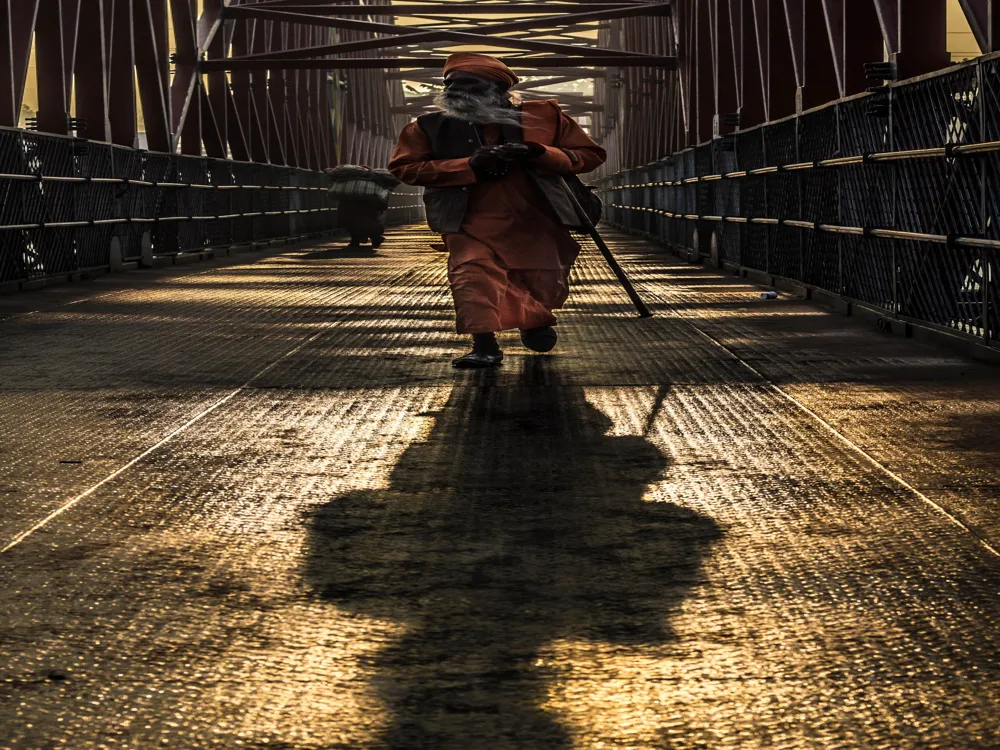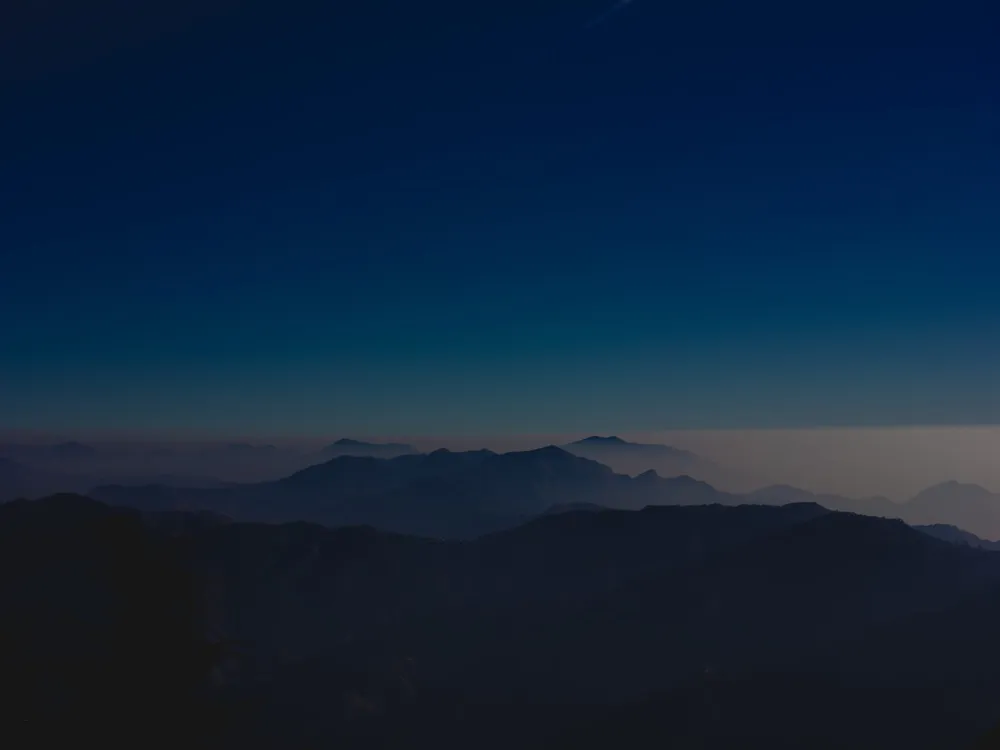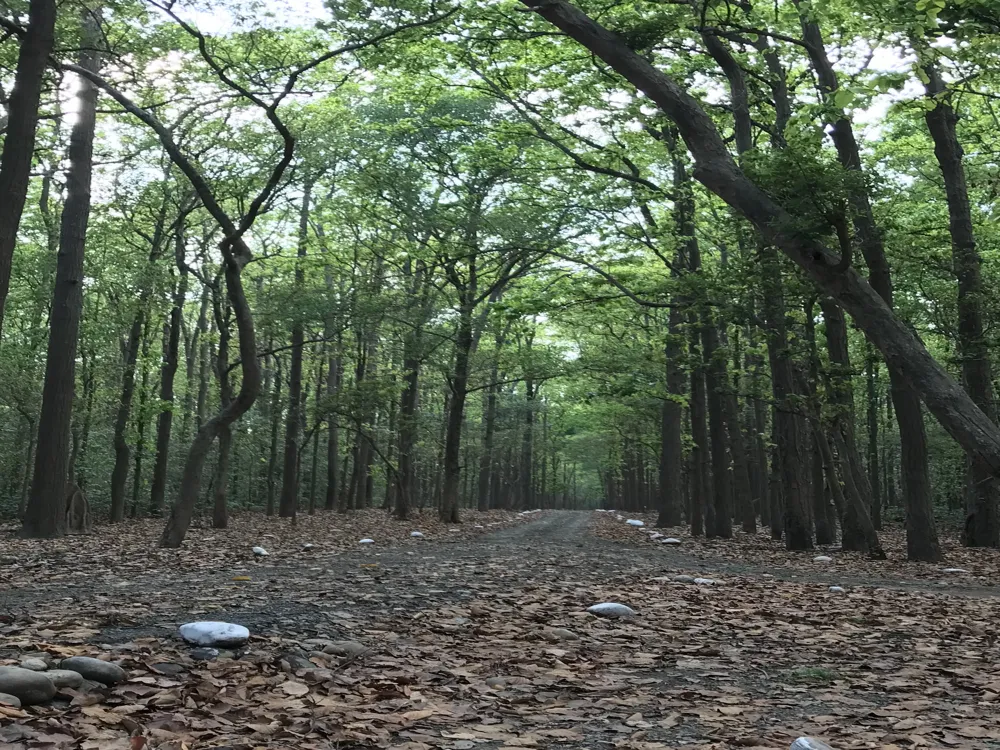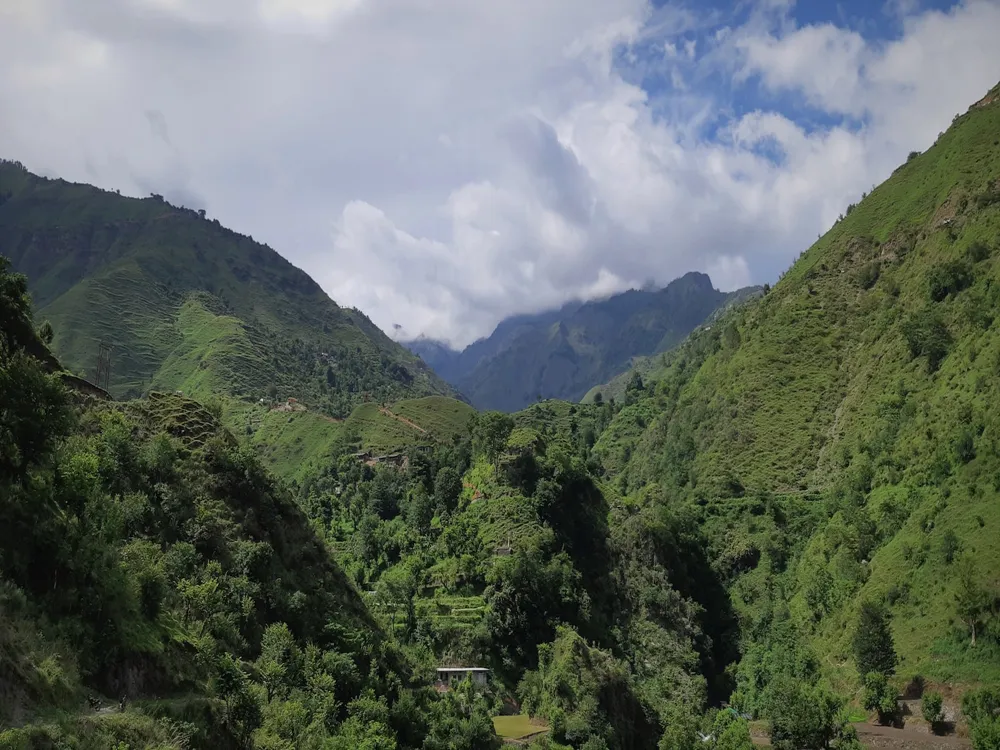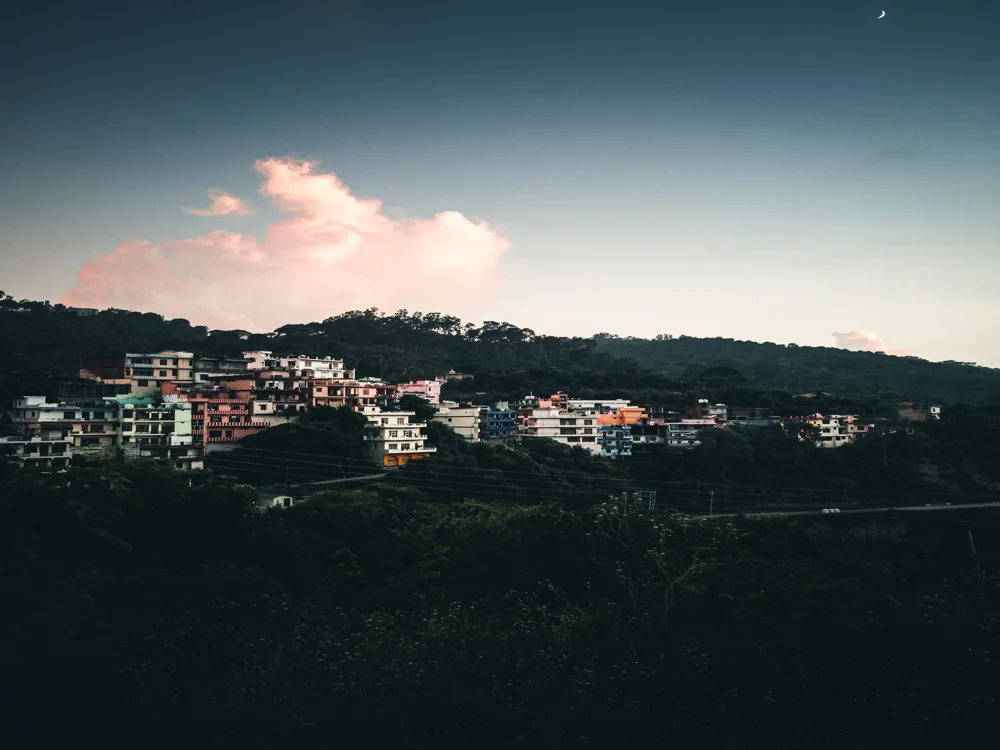Lal Tibba, translating to 'Red Hill', is a picturesque and iconic point located in the quaint hill station of Mussoorie, in the northern Indian state of Uttarakhand. Known for its breathtaking panoramic views of the Himalayan mountain range, Lal Tibba is the highest point in the area, standing at an altitude of approximately 2,275 meters (7,464 feet). This serene spot is not only a paradise for nature lovers but also a testament to the charming beauty of Mussoorie, often referred to as the 'Queen of the Hills'. The history of Lal Tibba dates back to the British colonial era, making it one of the oldest and most historically significant spots in Mussoorie. The area around Lal Tibba was once a major summer retreat for British officials seeking respite from the scorching heat of the Indian plains. The influence of British architecture and culture is still evident in the quaint cottages and buildings that dot the landscape around Lal Tibba. Lal Tibba offers an unparalleled view of some of the most majestic Himalayan peaks, including the famous Bandarpoonch, Gangotri, and Kedarnath peaks. On a clear day, visitors can even catch a glimpse of the holy pilgrimage site of Badrinath through telescopes installed at the viewpoint. The area is enveloped in a tranquil atmosphere, with lush greenery and dense forests, making it a perfect spot for a peaceful retreat. The charm of Lal Tibba is not just limited to its natural beauty. The area also serves as a cultural melting pot, with a diverse mix of local Garhwali people and tourists from around the world. This unique blend of cultures has given rise to a variety of local shops, cafes, and eateries, offering a taste of local and international cuisines, as well as handmade crafts and souvenirs that reflect the rich heritage of the region. Visitors to Lal Tibba are also treated to the magical experience of witnessing both sunrise and sunset from the same spot. The play of colors on the snow-capped peaks as the sun rises and sets is a sight to behold and a photographer's delight. The area's serene environment, combined with the stunning natural backdrop, makes Lal Tibba a perfect spot for meditation, yoga, and soul-searching. The architecture of Lal Tibba is a remarkable blend of colonial and local styles, reflective of Mussoorie's rich historical tapestry. The area is dotted with British-era bungalows and churches, characterized by their gabled roofs, brick and stone exteriors, and quaint wooden balconies. These structures stand as a testament to the architectural ingenuity of the British colonial period, seamlessly integrating with the natural landscape. One of the most iconic structures in Lal Tibba is the old British military cantonment, which dates back to the pre-independence era. This cantonment area is a fine example of colonial architecture, with its well-preserved buildings and manicured gardens. The cantonment's strategic location atop the hill also offers stunning views of the surrounding mountains and valleys. In addition to the colonial structures, Lal Tibba is also home to several traditional Garhwali houses. These houses are typically built using locally sourced materials like wood and stone, and are designed to withstand the harsh mountainous climate. The architecture of these houses is simple yet functional, with sloping roofs to prevent snow accumulation and large windows to let in natural light and warmth. Another architectural highlight of Lal Tibba is the Landour Community Centre, which serves as a cultural hub for the local community. The center hosts a variety of events and activities, including art exhibitions, music performances, and workshops on local crafts and cuisine. The building itself is a beautiful example of colonial architecture, with its red brick walls and wooden interiors. The blend of colonial and local architecture in Lal Tibba not only adds to the area's aesthetic appeal but also tells the story of its historical and cultural evolution. The preservation of these architectural marvels is a priority for the local community and authorities, ensuring that the charm and heritage of Lal Tibba are maintained for future generations to enjoy. While Lal Tibba is a year-round destination, the best time to visit is from April to June and September to November. During these months, the weather is pleasant, and the visibility is high, offering clear views of the Himalayan range. Visitors can choose from a range of accommodation options in Mussoorie, from luxury resorts to budget homestays
Overview of Lal Tibba in Mussoorie, Uttarakhand
Architecture of Lal Tibba
Tips When Visiting Lal Tibba
Best Time to Visit
Accommodation Options
Lal Tibba
Mussoorie
Uttarakhand
₹ 3,500 onwards
View mussoorie Packages
Weather :
Label : Must Visit
Tags : Viewpoint
Timings : 6:00 AM - 6:00 PM
Time Required : 1-2 hrs
Entry Fee : INR 50 per person
Planning a Trip? Ask Your Question
Also Refered As:
Red Hill
Mussoorie Travel Packages
View All Packages For Mussoorie
Top Hotel Collections for Mussoorie

Private Pool

Luxury Hotels

5-Star Hotels

Pet Friendly
Top Hotels Near Mussoorie
Other Top Ranking Places In Mussoorie
View All Places To Visit In mussoorie
View mussoorie Packages
Weather :
Label : Must Visit
Tags : Viewpoint
Timings : 6:00 AM - 6:00 PM
Time Required : 1-2 hrs
Entry Fee : INR 50 per person
Planning a Trip? Ask Your Question
Also Refered As:
Red Hill
Mussoorie Travel Packages
View All Packages For Mussoorie
Top Hotel Collections for Mussoorie

Private Pool

Luxury Hotels

5-Star Hotels

Pet Friendly








